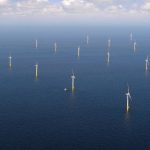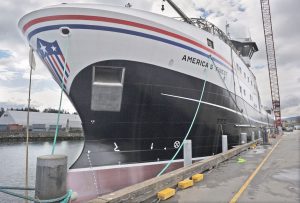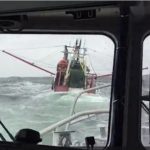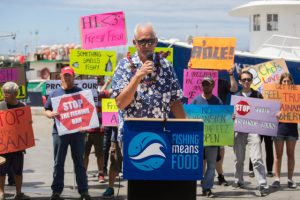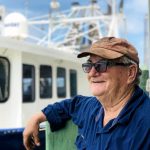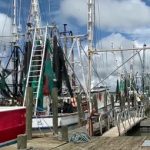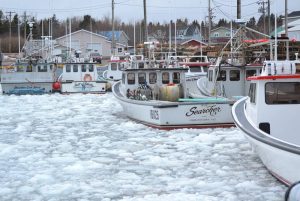Tag Archives: Southern Ocean
South Australia rejects proposed Southern Ocean offshore wind energy zone over lobster industry concern
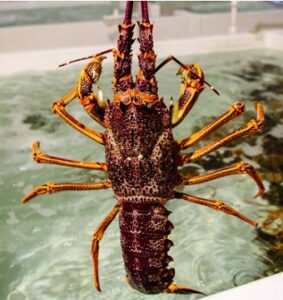 One state is bucking a push for more wind farms in Australia due to fears the gigantic renewable energy generators could damage vulnerable ocean wildlife and put hundreds of fishermen out of work. South Australia has officially notified the federal government it does not support a proposed Southern Ocean offshore wind farm zone stretching from Warrnambool in Victoria to Port MacDonnell in the state’s southeast Limestone Coast region. Primary Industries Minister Clare Scriven said the construction of massive turbines could damage the state’s $187.5m rock lobster industry, which generates more than 1000 full time jobs in the area. >>click to read<< 11:17
One state is bucking a push for more wind farms in Australia due to fears the gigantic renewable energy generators could damage vulnerable ocean wildlife and put hundreds of fishermen out of work. South Australia has officially notified the federal government it does not support a proposed Southern Ocean offshore wind farm zone stretching from Warrnambool in Victoria to Port MacDonnell in the state’s southeast Limestone Coast region. Primary Industries Minister Clare Scriven said the construction of massive turbines could damage the state’s $187.5m rock lobster industry, which generates more than 1000 full time jobs in the area. >>click to read<< 11:17
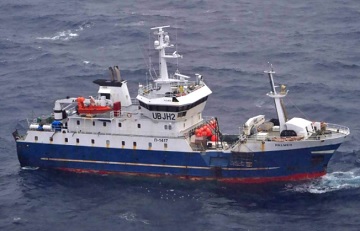
Russia and NZ in ‘knock out brawl’ over fishing vessel in protected Antarctic waters
Russia has accused New Zealand of falsifying evidence in a diplomatic clash over illegal fishing in protected waters around Antarctica. New Zealand and many allies rejected the accusation,,, On January 19 last year, a routine New Zealand surveillance flight over the Southern Ocean spotted a Russian-flagged ship called FV Palmer fishing in a marine protected area where fishing is banned by international agreement. The Palmer’s satellite tracker, officially called a “vessel monitoring system” ,or VMS, indicated the vessel was about 800 nautical miles (1500 kilometres) from that spot. >click to read< 15:44
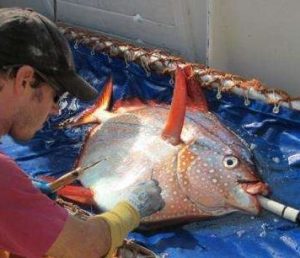
Three New Species Of Warm-Blooded Fish Discovered
Scientists have found three more species of a fish that – despite what we are taught at school – are fully warm-blooded. The species in question are large deep-sea fish known as opah, and are found in many oceans around the planet. A few years ago, the opah made headlines when it was revealed to be the first fully warm-blooded fish species ever discovered. Living in the frigid waters of the deep ocean, it warms its blood by continuously flapping its fins to generate heat. This keeps the fish’s core temperature at about 4 to 5°C (7.2-9°F) >click to read<16:22
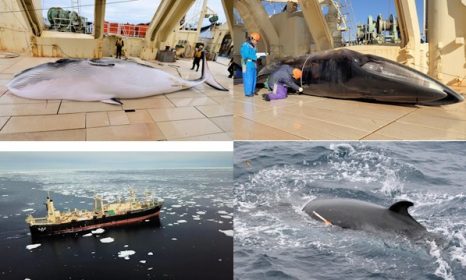
Japanese Whaling Fleet Reaches Quota
Japan’s whaling fleet has returned home from the Southern Ocean after a successful 143-day investigation “without being interfered with by the anti-whaling group.” Of the 333 whales killed, 152 were males and 181 were females. A preliminary analysis of pregnancy rate suggests healthy fertility rates, says the Japanese Institute of Cetacean Research. The animals’ earwax plugs and eye lens were used to determine age, blubber was used to determine nutritional status, gonads were used to obtain breeding information and digestive system contents used to examine prey species. >click to read<21:34
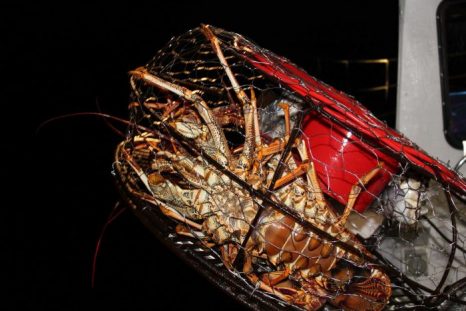
Life on a rock lobster boat
Starting in the dark, long days in isolation, and repetitive physical labour. Sounds like farming, but it’s actually the life of a rock lobster fisherman. It is 3:15am, cold and dark, and Colin and Brodi Milstead are headed into the Southern Ocean. The father-and-son team are aboard Brodi Milstead’s boat, Impact, at the Robe marina in South Australia. It is a simple vessel, 53-feet long. Off the side hangs a pulley style machinewhich will be used to lift out the pots of red gold — the treasure being southern zone rock lobsters. click here to read the story 11:38
Sea Shepherd ships leave to battle Japanese whaling fleet with ropes and stink bombs
 Two ships have left Australia bound for the freezing Southern Ocean to confront the Japanese whaling fleet in an annual high-seas battle, environmental activist group Sea Shepherd said Monday. The organisation’s flagship Steve Irwin departed for Antarctic waters along with fast new patrol vessel Ocean Warrior, built with financial support from the Dutch, British and Swedish lotteries. It has a powerful water cannon and is capable of outrunning the whalers, which an official at Japan’s Fisheries Agency said would be protected by a fleet of patrol boats. “Sea Shepherd has engaged in repeated acts of sabotage over the years. Those actions threaten the lives of Japanese crew members and we cannot tolerate it,” said the official, who declined to give his name. Japan has previously sought court action to halt the anti-whaling campaigns, saying the activists ram their ships, snare propellers with ropes and harass crew with paint and stink bombs. Read the rest here 17:17
Two ships have left Australia bound for the freezing Southern Ocean to confront the Japanese whaling fleet in an annual high-seas battle, environmental activist group Sea Shepherd said Monday. The organisation’s flagship Steve Irwin departed for Antarctic waters along with fast new patrol vessel Ocean Warrior, built with financial support from the Dutch, British and Swedish lotteries. It has a powerful water cannon and is capable of outrunning the whalers, which an official at Japan’s Fisheries Agency said would be protected by a fleet of patrol boats. “Sea Shepherd has engaged in repeated acts of sabotage over the years. Those actions threaten the lives of Japanese crew members and we cannot tolerate it,” said the official, who declined to give his name. Japan has previously sought court action to halt the anti-whaling campaigns, saying the activists ram their ships, snare propellers with ropes and harass crew with paint and stink bombs. Read the rest here 17:17
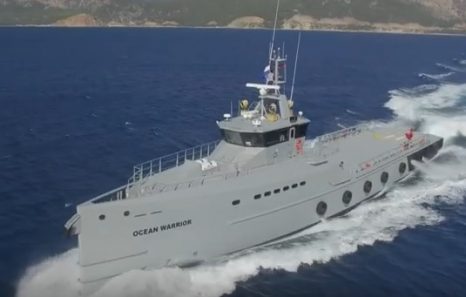
Close ports to Sea Shepherd or risk sharing guilt for its vigilantism
Sea Shepherd is again heading into dangerous territory. Last week’s announcement that its new $12 million custom-built Ocean Warrior (watch video here) has arrived here for a Southern Ocean incursion this summer is disturbing. Ship captain Adam Meyerson is boasting the group’s new vessel is a game changer because of its increased speed, long-range fuel tanks, helicopter landing pad and 20,000 litres-per-minute water cannon. Sea Shepherd is once more aiming to engage in close combat with the Japanese research fleet. That puts this group in the category of an environmental non-state combatant. It’s in an international area engaged in the use of force, with actions close to vigilantism. It enjoys the reputation of piracy, but for quasi public rather than private ends. The International Court of Justice judgment in the whaling case two years ago was a hollow victory for environmental activists. The court didn’t rule that what the Japanese were doing was commercial whaling. Nor did it say that issuing permits to take whales by lethal means for scientific research was illegal. This left open the option of a new Japanese scientific whaling program. Read the rest here 08:56


































